EU Proposes to List Carbon Fiber as Dangerous –Vehicle Makers Will at Risk
 MichaelApr 16, 2025, 11:32 AM
MichaelApr 16, 2025, 11:32 AM

[PCauto] Recently, the European Parliament has drafted an amendment proposing to add carbon fiber to the EU's list of hazardous materials. This list currently includes well-known hazardous materials such as lead, cadmium, mercury, and hexavalent chromium, which are still used in small amounts in vehicle and airplane manufacturing.

This proposal was conceived by the EU when revising the End-of-Life Vehicles Directive. They believed that during the recycling process of end-of-life vehicles, carbon fiber strands might become pollutants in the air, and cause harm if they contact human skin. This is the first time a government body in the world has classified carbon fiber as a hazardous material.

The news triggered strong market reactions. According to Nikkei Asia, shares of Japanese carbon fiber manufacturers plummeted. Asia's Teijin Limited, Toray Industries, and Mitsubishi Chemical Corporation collectively dominate 54% of the global carbon fiber production market share, with Europe accounting for the majority of the remainder.

Carbon fiber is widely used in the modern automobile manufacturing industry, especially for key components. Many high-end sports cars, like the McLaren Senna, wideily use carbon fiber in their frames and body panels. Compared with the traditional material, the fiber reduces the weight of vehicle by 40-60%, which makes the vehicle much lighter and significantly improves the handling and acceleration performance, making it able to show its lightning-fast speed and agility on the track.

BMW M3 two-door sports car uses a carbon fiber roof, which reduces the weight by 5 kg while also lowering the center of gravity of the vehicle, enhancing driving stability; the carbon fiber roof of Subaru WRX STI tS is even 80% lighter than traditional steel sheets.
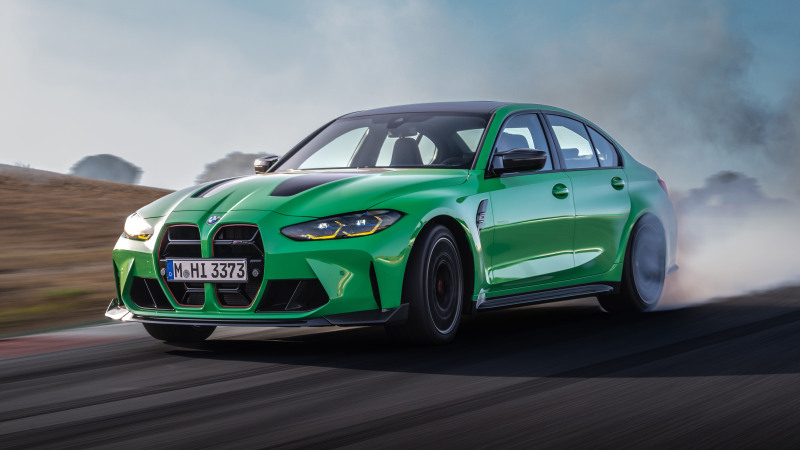
The use of carbon fiber in vehicle wheel hubs shows the pursuit of outstanding performance. This type of hub is light in weight, can effectively reduce unsprung weight, make the suspension system respond more nimbly, so that it can work stably and reliably during high-speed or intensive driving, ensuring the safety and control of the vehicle.
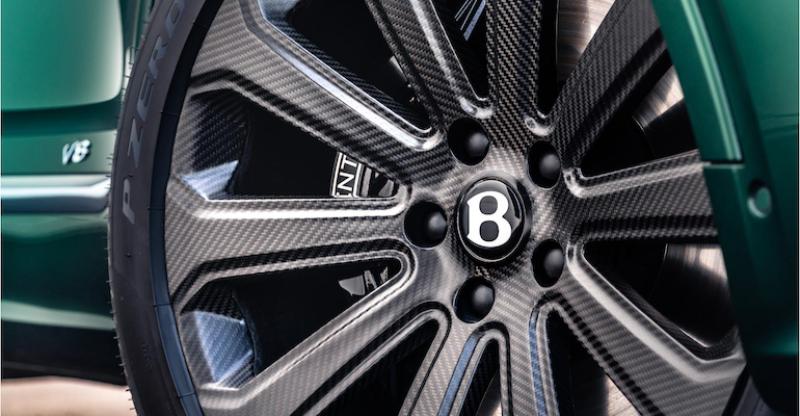
Carbon fiber is also used in braking systems. When combined with ceramic, the carbon-ceramic brake discs offer exceptional strength, wear resistance, and heat tolerance. During frequent braking or high-speed deceleration, these discs efficiently convert kinetic energy into heat and dissipate it rapidly, preventing overheating-induced performance degradation. This ensures reliable stopping power during emergency braking, significantly enhancing driving safety.
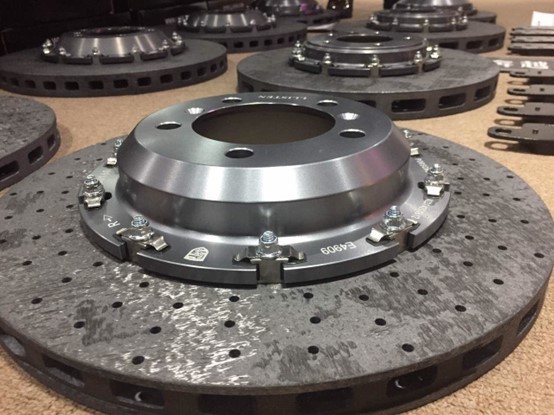
In terms of vehicle interior, carbon fiber is commonly used in central consoles, dashboard frames, and seat components. For example, Benz G Class AMG, Ferrari 296, Benz E Class AMG, high-end SUV LUMMA CLR G770, and Nissan GT - R Nismo Special Edition, all adopt carbon fiber interior. This material not only addresses the drawbacks of traditional plastics—with better vibration absorption for improved ride comfort—but also adds a premium, tech-forward feel to the cabin.

Using carbon fiber in exterior air intake systems reduces weight while improving air intake efficiency, enabling the engine to intake more fresh air for increased power output. Carbon fiber drive shafts meet complex stress requirements, offering weight reduction alongside superior fatigue resistance and durability to ensure stable power transmission. A carbon fiber hood achieves 50% weight reduction, lowering the vehicle’s center of gravity to enhance overall performance. Carbon fiber integration in chassis components improves corrosion resistance and extends service life.

It can be said that the application of carbon fiber materials in the automotive field is very extensive. If the EU's proposed amendment is approved and takes effect in 2029, it would significantly impact the automotive industry. Automakers will need to re-engineer designs and seek alternative materials to replace carbon fiber, forcing carbon fiber manufacturers to grapple with declining demand. Currently, industries like automotive and aerospace are likely to oppose the amendment, as carbon fiber is deeply embedded in modern manufacturing, abandoning it will be difficult. All in all, subsequent development is worthy of attention.
If any infringement occurs, please contact us for deletion

BYD Plans to Promote 1000V High Voltage Super Charging Stations and Its Models on a Large Scale
【PCauto】Recently, the news that BYD plans to massively implement a 1000V high-voltage supercharging platform has attracted widespread attention. It is reported that this platform will be launched in the middle of March this year and supports super-fast charging above 5C. After its release, it will quickly be popularized to its own models and large-scale construction of 1000V supercharging stations.This move will undoubtedly set off a wave in the new energy vehicle market. Let's delve into the te
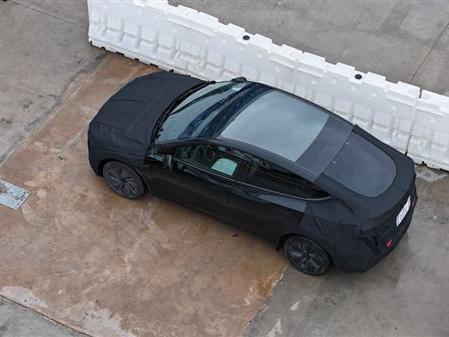
Tesla's Texas factory was caught testing vehicles, suspected to be Model Q
【PCauto】Recently, a blogger captured a disguised Tesla test vehicle while filming a drone over Tesla's Texas super factory. This discovery has sparked widespread speculation, as the new Model Y has been openly pre-ordered and there is no need to disguise, so it is speculated that this car may be the cheapest model Model 2 or Model Q (internal code name Project Redwood) that Tesla plans to launch.Speaking of this mysterious Model Q, Musk has already revealed that it will be a "smaller" version of
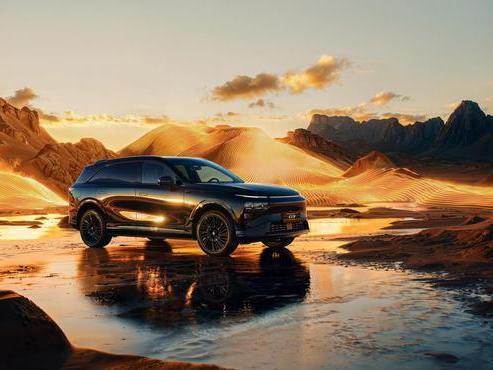
XPENG G9 is about to be launched in China, bringing 66 upgrades in features
【PCauto】XPENG has recently announced that the 2025 XPENG G9 will soon be launched in China. Although the official did not announce the time and price, the success of XPENG G6 and X9 has rekindled expectations for the once-failed G9 by XPENG. In terms of appearance, the G9 continues the X-BOT FACE 3.0 design language, with a closed grill at the front paired with split-style headlights on both sides, new two-tone collision colors and all-black body styles, with a petal-style wheel hub. Combining
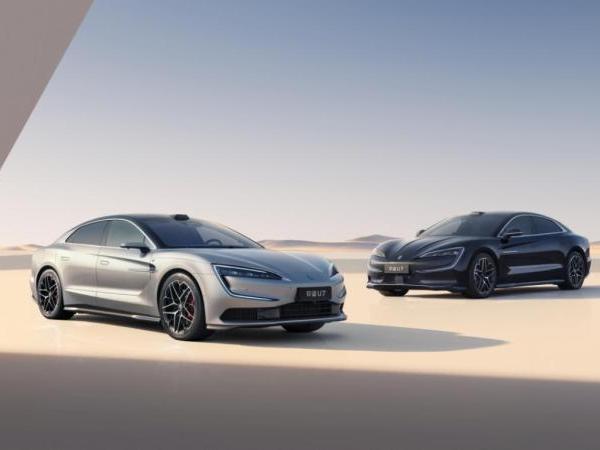
BYD YANGWANG U7 Launches with World's First Suspension Charging Tech
[PCauto] On March 27, BYD YANGWANG U7 was launched, with two power versions of pure electric and plug-in hybrid, a total of four models. YANGWANG U7 EV Five-seater Luxury Edition, priced at about 292.85 million baht/RM38.31 YANGWANG U7 EV Four-seater Flagship Edition, priced at about 330.04 million baht/RM43.19 YANGWANG U7 PHEV Five-seater Luxury Edition, priced at about 292.85 million baht/RM38.31 YANGWANG U7 PHEV Four-seater Flagship Edition, priced at about 330.04 million bah

Toyota Expands PHEV Lineup with Crown Estate Launching in Japan
【PCauto】Toyota has launched the new Crown Estate model in Japan. The Estate is the fourth model in the Crown series, and a plug-in hybrid version is also available.The Crown Estate combines design elements of station wagons and SUVs. It's built on the TNGA-K platform and has elegant body lines and spacious interior space. The vehicle's exterior design is exquisite, with the iconic hammerhead front face paired with large-size alloy wheels, showing the temperament of the Crown. In terms of body si
Popular Cars
Car Compare

